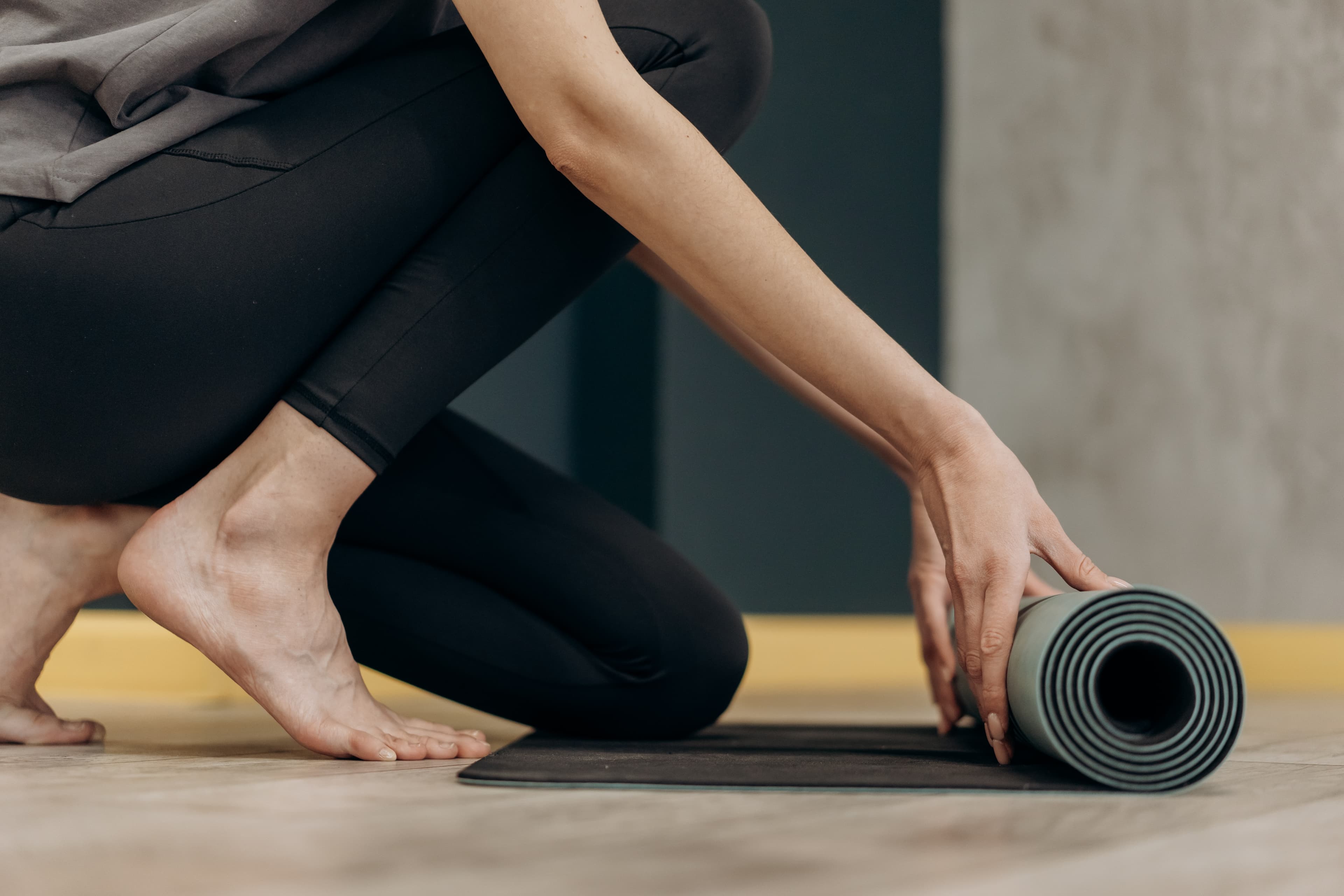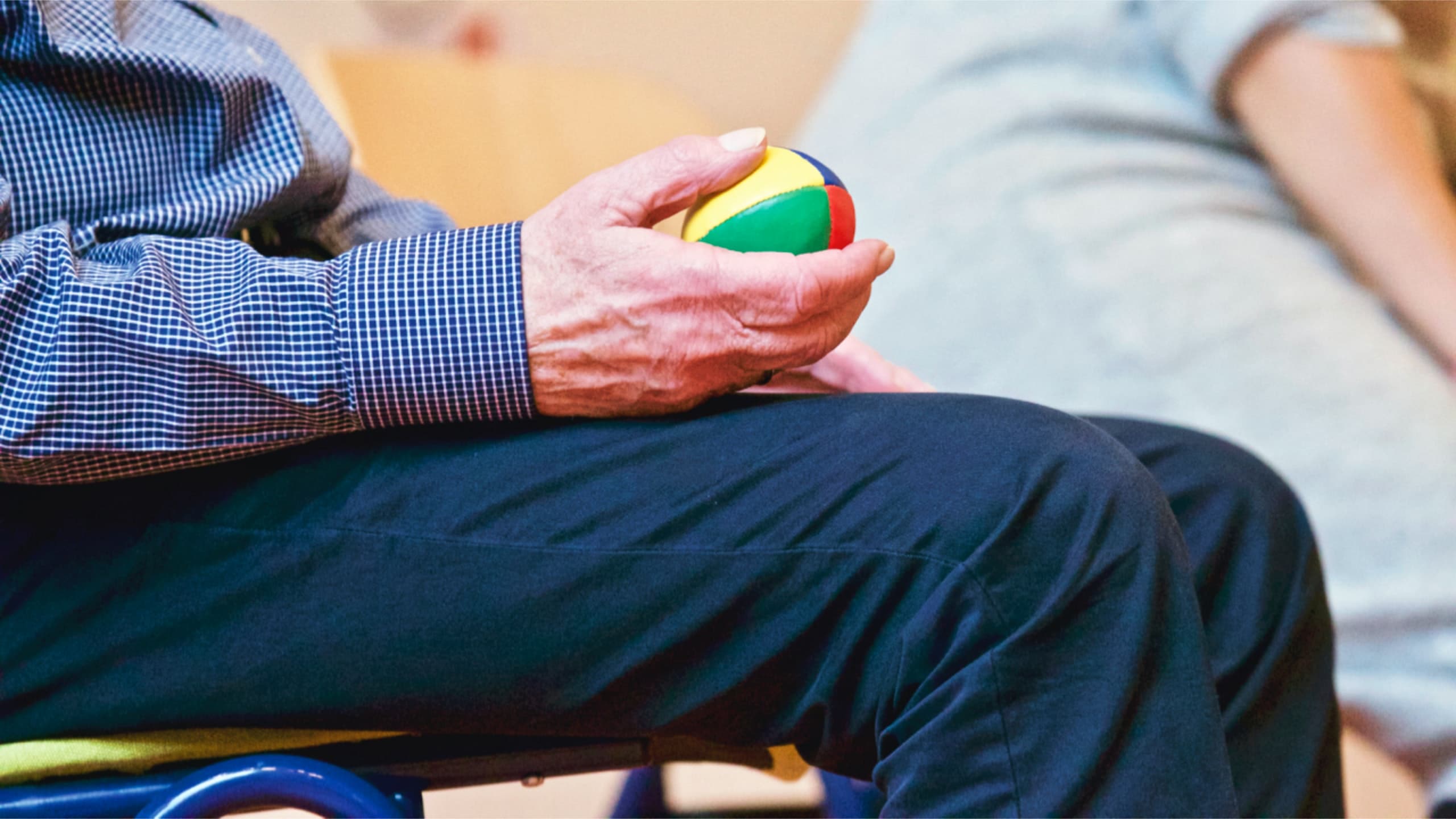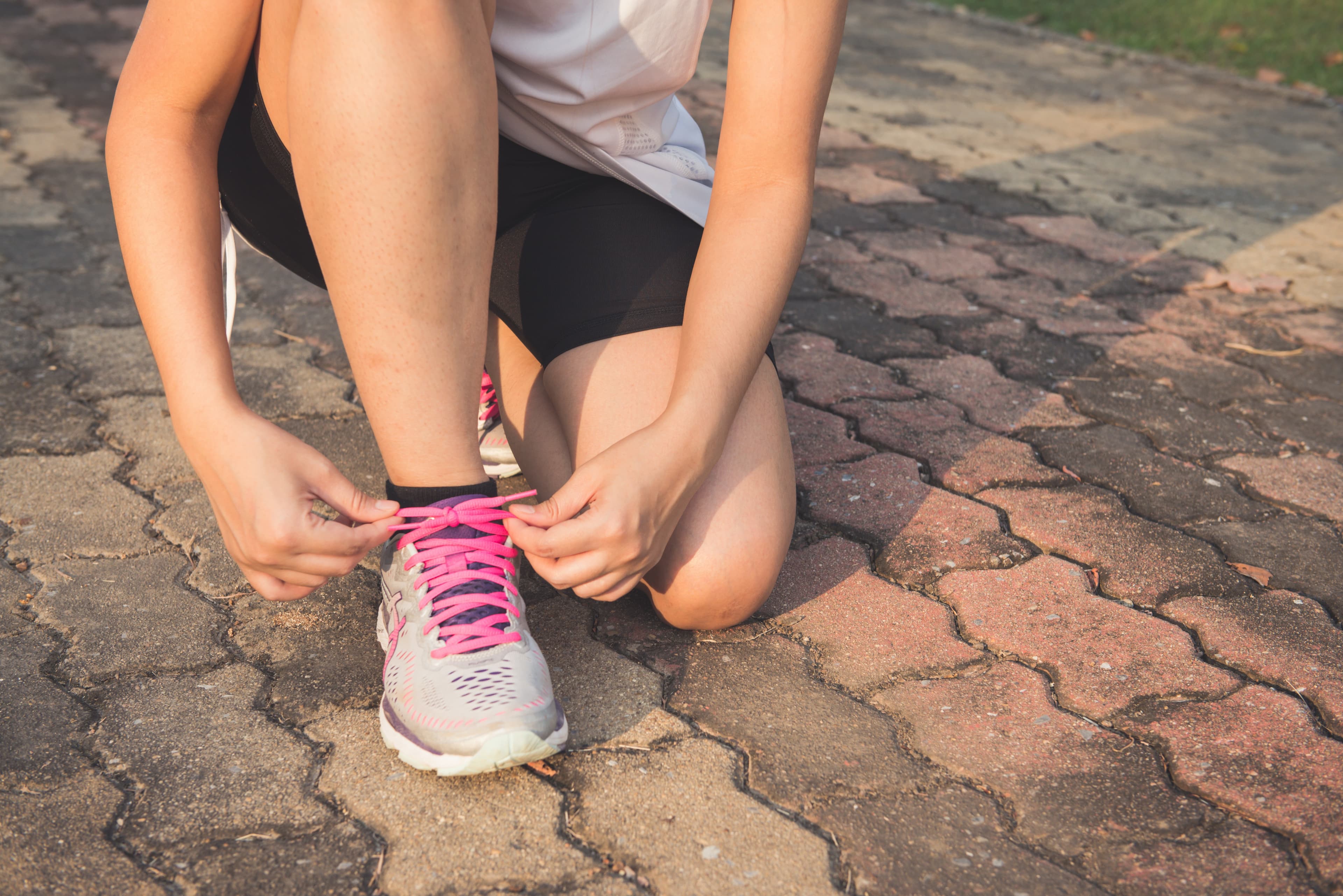At-home physical therapy can support a number of needs like:
While physical therapy treatments are often prescribed by a physician after injury or to address pain, preventative physical therapy can protect your body, build strength, and has a number of benefits like:
Building bone strength and mobility, and preventing osteoporosis (particularly in those that lead a more sedentary lifestyle)
Supporting balance and preventing injuries from falls
Preventing serious conditions like high blood pressure and obesity
Maintaining independence as we age by supporting mobility, which helps with daily activities like bathing and dressing
At-home physical therapy exercises can support a large range of mobility and don’t require you to be physically fit to start - many of these can be done sitting in a chair or a bed, or while using equipment you likely already have in your home.
The exercises below are designed to support older adults with limited mobility, so many of them will have modifications that could involve holding onto something stable or performing the exercise while sitting.
1. Neck Circles
If you’re often staring at a screen or hunched over your phone, neck circles can relieve the stress and tension on your neck muscles. A gentle stretch for people across many levels of mobility, neck circles can be performed in bed, at a desk, or even standing in line at the grocery store.
Start by taking a few deep breaths, consciously letting go of any tension in your neck or shoulders
Make sure your back is as straight as possible
Tilt your head to one side and hold for two to five seconds
Roll your head forward until you’re looking down, then hold this position for the next five seconds
Tip your head to the other side and hold for the next five seconds
Finally, roll your head back so you’re looking at the ceiling and hold for 5 seconds
Repeat exercise in the other direction
Perform as many times as you’d like
2. Posture Correcting
Having good posture supports balance and mobility - allowing you or your loved one to stay mobile and independent longer. This simple exercise allows you to correct slumping and improve posture over time.
Begin seated in a chair, with your feet flat on the ground. Keep your back as upright as possible, with your shoulders pulled back and down
Look forward
Tuck your chin into your neck and hold for a few seconds
Pull your chin back as far as you can without moving your head downwards
Return to normal position
Repeat this movement 10 times
3. Shoulder Rolls
Shoulders are used for almost all of life’s activities, and maintaining shoulder health supports posture and overall mobility and independence. Over time, shoulders can be negatively affected by stress, incorrect posture, or injury. This exercise supports shoulder comfort, pain relief, and releases tension.
If possible, begin standing (if you aren’t able to stand, you can perform this exercise sitting down)
Begin creating small circles with your shoulder blades, rolling slowly forward
Ensure your body is relaxed and you’re breathing deeply. As you breathe, extend your shoulder circles wider and wider
Return to your starting position
Begin creating small circles in the other direction, rolling backward slowly
Breathe deeply and begin to extend your circles as before, until you reach your limit of mobility
Repeat as many times as you’d like.
4. Lying Knee Raise
For those with knee pain, this therapeutic exercise can provide support and relief from pain.
Start by lying on the floor with your back straight. For any floor exercises, it may be helpful to start on a floor mat for additional comfort.
Bend your left knee and rest your left foot on the ground.
Flex your right knee and gently lift your right leg, hold this stretch for a few seconds, then gently drop your foot to the ground
Repeat 10 times
Gently bend your right knee and rest your right foot on the ground, and complete the same exercise using your left leg for 10 repetitions.
Need additional knee support? Knee braces can relieve pain and help those recovering from injuries or surgeries.
5. Lying Hamstring Stretches
Strong hamstrings support our ability to walk, run, and stand, and keeping these muscles strong is important for overall wellness and physical health.
For this hamstring exercise, start on a floor mat, laying comfortably on your back.
Raise your left leg, and hold the back of your thigh
Gently pull your knee to your chest as much as you can, then hold that stretch for a count of ten
Slowly release your leg, allowing it to rest comfortably back on the floor
Repeat these steps with your right leg
6. Heel Raises
Calf muscles support running and jumping, and keeping them strong supports endurance - so you can walk and stand longer.
This exercise can be completed standing, or if you need additional support, you can hold onto a chair or sturdy table for support.
For a simple calf exercise:
Stand straight, and if you need it, hold onto a table, counter, or chair for extra stability (make sure that whatever you’re holding is extremely stable)
Raise your heels from the floor slowly, keeping your knees as straight as possible. Only raise your heels as high as you feel comfortable.
Hold the position with your heels high for around 5 seconds, then slowly lower back to the floor
Repeat these steps 5-10 times
7. Toe Raises
Improving balance is an important part of fall prevention, and ultimately injury prevention, for older adults. You can perform toe raises sitting, standing, or while holding onto a chair: whichever is the most comfortable for you and your level of mobility.
Begin either seated, standing, or standing while holding onto a stable surface, like a countertop or chair. Choose whichever method is the most comfortable for your mobility level
Gently lift the toes of your right foot and hold for around 5 seconds, keeping the toes of your left foot flat
Repeat this around 10 times per side (10 times on the left, 10 times on the right)
I still have questions about physical therapy, where do I go?
Performing physical therapy or caring for someone that needs PT can come with unique challenges. If you have more questions about physical therapy or products that meet your loved one’s needs, we’re happy to help.
Learn more about physical therapy by checking out:
Our friendly and knowledgeable Care Specialists speak English and Spanish and can answer any questions you have. To get in touch, send an email to support@carewell.com or call (800) 696-CARE today.



